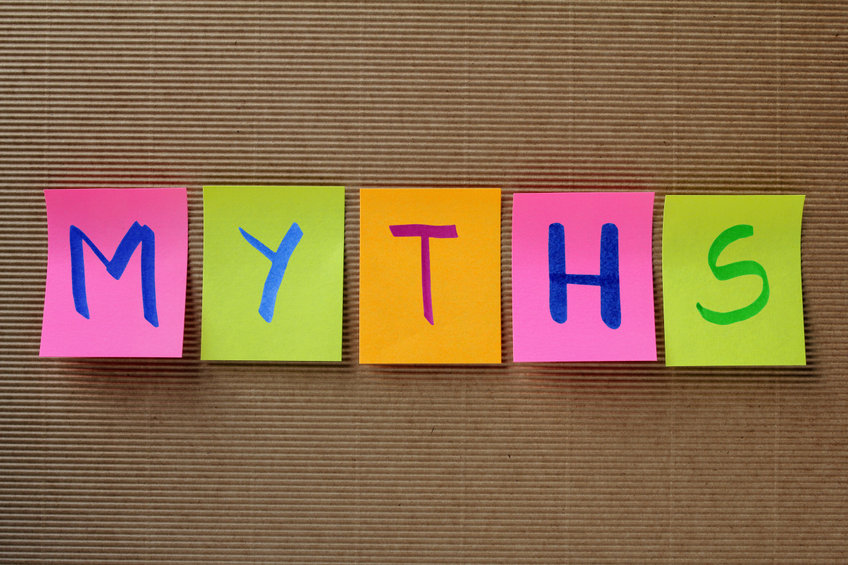
Concrete is a popular material for homes and businesses. It’s used in the construction industry from entire buildings to simple pathways and at residences for porches, foundations, driveways, and more. For a prevalent product that’s been around for a long time, it’s strange that there are still some myths floating around. We are here to dispel a few main ones we’ve heard over the years:
Myth 1: Concrete is always gray. The truth on this is that concrete does start out gray. But there are many minerals that can be added to color it. The color is added and blended while the concrete is still wet, and when it dries, you are left with a whatever color you choose.
Myth 2: Concrete and cement are the same. Cement is an ingredient used in the production of concrete. Concrete is comprised of aggregates such as sand and gravel, water, cement, paste, and additives.
Myth 3: Acid is used to strip concrete sealant: This is a big nope. Don’t try it. Acid can damage your concrete and shouldn’t be used if you want to maintain the health of your concrete. It’s better to opt for a stripper or a solvent that is concrete safe.
Myth 4: Concrete can be laid any time of year: Laying concrete in freezing temperatures or when it’s extremely hot will affect the hardening process. In turn, the durability of the concrete is compromised. Moderate temperatures are best when laying concrete.
Myth 5: Concrete is completely waterproof: Concrete is not impermeable, it is porous. Even though it is very dense, water can still get in and damage it over time. Concrete can vary in density, so water seeping in will vary, but standing water on any pavement is usually not good.
Myth 6: Concrete can be an easy DIY job: It’s tempting because you see all the pre-mixed bags in the stores and think concrete is simple to work with. Maybe small jobs are okay but taking on a larger task that is highly important, like sidewalks and driveways, you’ll want to leave it to the professionals to make sure it’s finished correctly.
Myth 7: Higher compression means more durable concrete: Compression is an important characteristic for durable concrete, but there are many factors that contribute to the duration of concrete’s life. Reducing water absorption is the best way to ensure durability.
Myth 8: Concrete is bad for the environment: Although there are some carbon emissions in the process of making concrete, its durable nature makes it a positive choice because it will last for such a long time. When done correctly, there will be minimal repairs over time and no added chemicals or materials.
Myth 9: There area dead bodies in the Hoover Dam: It may sound exciting, but it’s simply not true. There were fatalities while building the Hoover Dam which sent many Americans’ imaginations running. A rumor started that the bodies were simply thrown in the mix as they died, but the Bureau of Reclamation has debunked this myth.